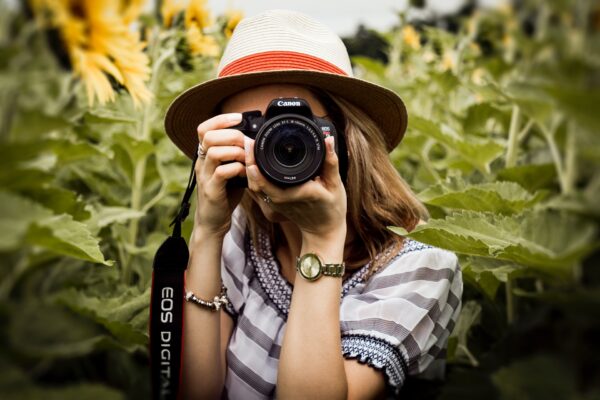Street photography is a dynamic and captivating form of visual art that focuses on capturing candid moments and scenes in public spaces. Unlike studio or posed photography, street photography thrives on spontaneity and authenticity, offering a raw and unfiltered perspective of urban life. From bustling city streets to quiet alleyways, street photographers roam the streets with their cameras, seeking out moments of beauty, humor, and humanity. In this article, we’ll delve into the world of street photography and explore its techniques, challenges, and significance as a form of artistic expression.
Mastering Composition and Framing
Composition and framing are essential elements of successful street photography, helping to draw the viewer’s eye to the main subject or focal point of the image. When composing a shot, consider factors such as perspective, balance, and visual hierarchy to create visually compelling images. Experiment with different angles, viewpoints, and framing techniques to add depth and interest to your photos. Look for interesting patterns, lines, and shapes in the urban landscape, and use them to guide the viewer’s gaze and convey a sense of narrative or emotion.
Capturing Candid Moments
Candid moments are the heart and soul of street photography, capturing authentic expressions, gestures, and interactions that reveal the essence of urban life. To capture candid moments effectively, it’s essential to blend into your surroundings and observe without disrupting the scene. Avoid drawing attention to yourself or your camera, and instead, adopt a stealthy and unobtrusive approach to photography. Anticipate moments of action or emotion, and be ready to capture them quickly and discreetly. By staying patient and observant, you can capture fleeting moments of beauty and humanity that might otherwise go unnoticed.
Exploring Light and Shadow
Light and shadow play a crucial role in street photography, shaping the mood, atmosphere, and visual impact of your images. Pay attention to the direction, quality, and intensity of light in your surroundings, and use it to your advantage to create dramatic effects and contrasts. Experiment with different lighting conditions, such as harsh sunlight, soft diffused light, or dramatic shadows, to add depth and dimension to your photos. Consider how light interacts with the urban environment, casting interesting patterns and reflections on surfaces, and use it creatively to enhance your compositions.
Navigating Ethical Considerations
Street photography raises ethical questions and considerations regarding privacy, consent, and respect for subjects’ rights and dignity. While public spaces are generally considered fair game for photography, it’s essential to exercise discretion and sensitivity when photographing people without their explicit consent. Be mindful of cultural norms and customs regarding photography in different regions and communities, and always prioritize the well-being and dignity of your subjects. When in doubt, seek permission before taking someone’s photo, or refrain from photographing them altogether if they express discomfort or objection. By practicing ethical street photography, you can foster trust and respect within the communities you document and ensure that your work is received positively.
Embracing the Imperfect and Unpredictable
Street photography is inherently unpredictable and imperfect, with moments of serendipity and spontaneity shaping the outcome of each shot. Embrace the chaos and uncertainty of the streets, and be open to unexpected surprises and happy accidents. Sometimes, the most compelling images arise from mistakes, chance encounters, or fleeting moments of beauty that unfold before your eyes. Don’t be afraid to experiment, take risks, and push the boundaries of conventional photography. By embracing imperfection and embracing the unpredictability of urban life, you can create evocative and authentic images that resonate with viewers on a deeper level.
In conclusion, street photography offers a unique and compelling perspective on urban life, capturing the vibrancy, diversity, and complexity of the world around us. By mastering composition and framing, capturing candid moments, exploring light and shadow, navigating ethical considerations, and embracing the imperfect and unpredictable, photographers can create powerful and meaningful images that tell stories, evoke emotions, and spark conversation. Whether you’re an amateur enthusiast or a seasoned professional, street photography invites you to explore the streets with curiosity, empathy, and a keen eye for beauty in the everyday. So grab your camera, hit the streets, and start documenting the rich tapestry of urban life today!





